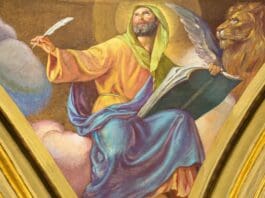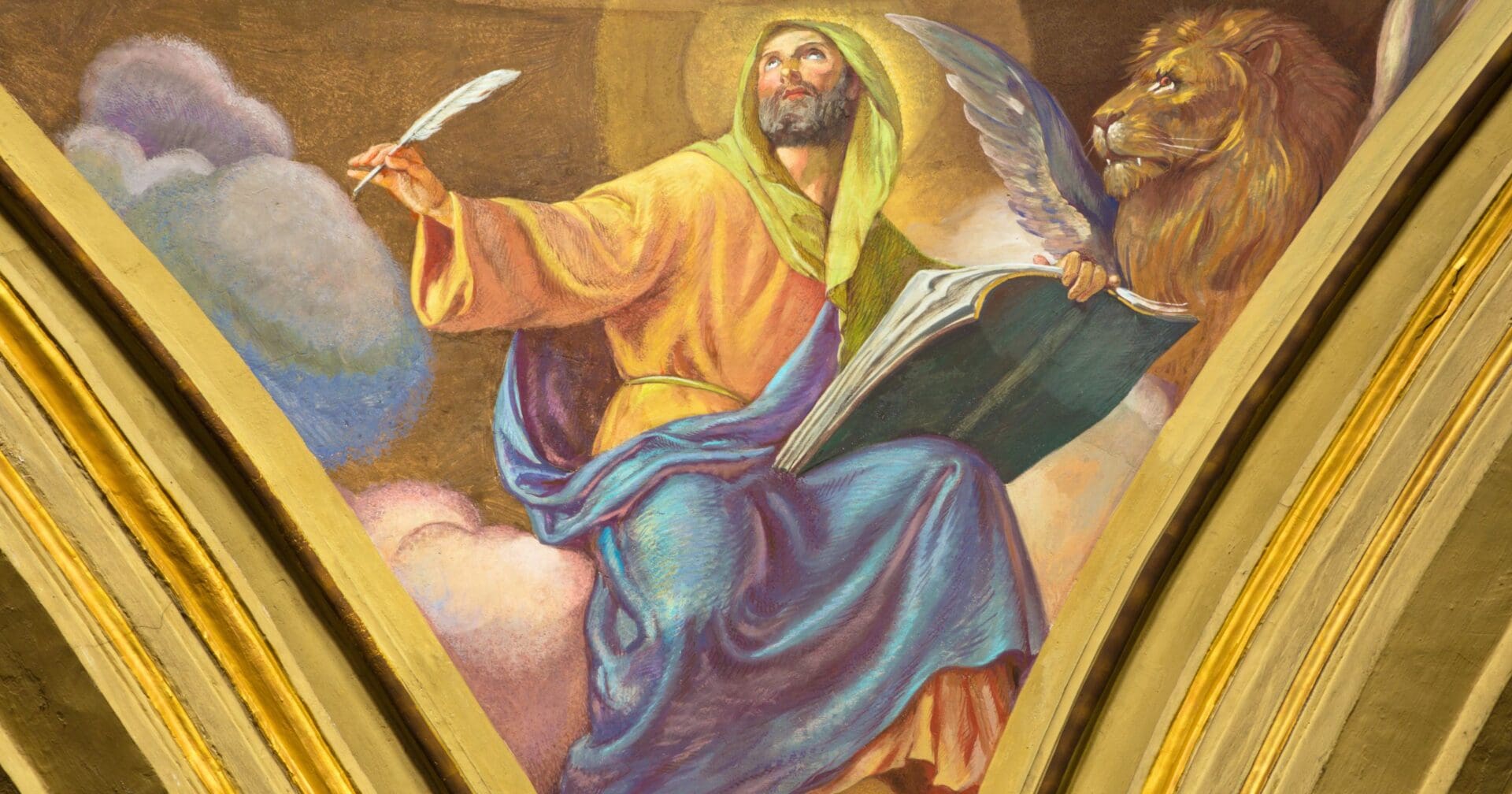
The texts of Acts and several epistles in the New Testament suggest that the individual named John Mark is the same as Mark referenced by St. Paul and St. Peter. Ancient sources do not dispute their identity. The connection is reinforced by Mark being the cousin of Barnabas, with whom the Mark of Acts had a significant relationship. Further, the Mark whom St. Peter calls his “son” likely refers to the son of Mary, a close associate of the Apostle in Jerusalem. In Roman contexts, he was predominantly known by the name Marcus. His mother played a pivotal role in the early Christian community in Jerusalem, hosting many gatherings, including a prayer meeting Peter attended after his prison release.
During the famine around AD 45-46, after serving in Jerusalem, Mark returned to Antioch with Barnabas and Saul. His role during their travels is described ambiguously as a helper, possibly even in preaching. However, Mark eventually left them, returning to Jerusalem, perhaps due to the hardships involved. His departure caused a rift between Paul and Barnabas, leading to their separation. Mark then appears alongside Paul and Peter in Rome years later, reinforcing his significance in early Christian missions.
St. Paul, while imprisoned in Rome around AD 59-61, mentions Mark as present and possibly planning to visit Asia Minor. Mark’s role was affirmed by Paul shortly before his death, requesting Timothy to bring Mark to Rome for his helpfulness in ministry. St. Peter also mentions Mark, calling him his son in a letter to churches in Asia Minor, indicating Mark’s established reputation and possible evangelistic work there.
Papias, as cited by Eusebius around AD 130, records that Mark was Peter’s interpreter and transcribed his teachings, albeit not in chronological order. This role is significant in understanding the origins of the Gospel attributed to Mark. Despite earlier ambiguities about his activities and role, later traditions, including those by Eusebius and Jerome, suggest that Mark founded the Church in Alexandria and eventually died there, though the exact circumstances of his death remain unclear. His symbol in Christian art is a lion, and his feast is celebrated on 25 April.
Editorial credit: Renata Sedmakova / Shutterstock.com
The post Saint Mark appeared first on uCatholic.
Daily Reading
Wednesday of the Thirty-fourth Week in Ordinary Time
Reading 1 RV 15:1-4 I, John, saw in heaven another sign, great and awe-inspiring: seven angels with the seven last plagues, for through them God’s fury is accomplished. Then I…




